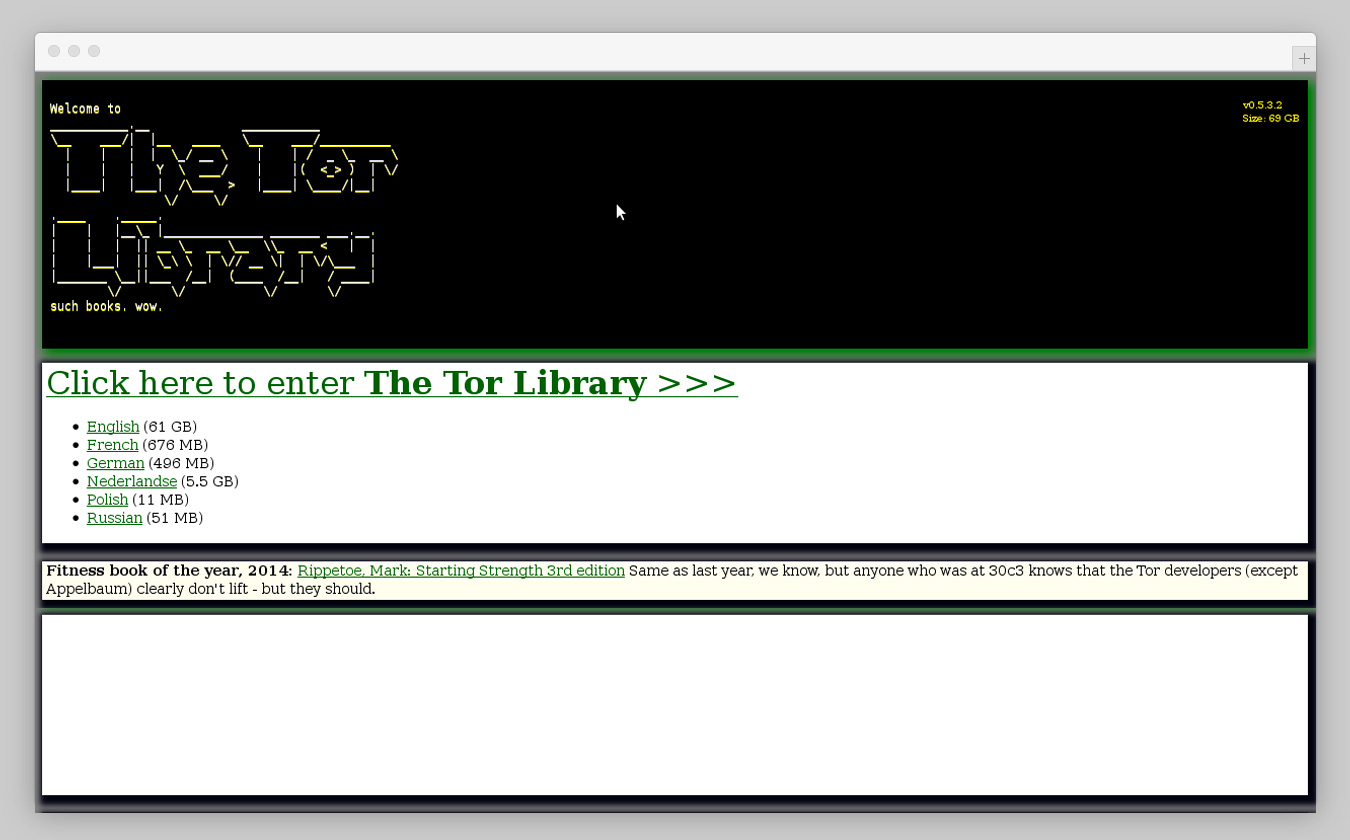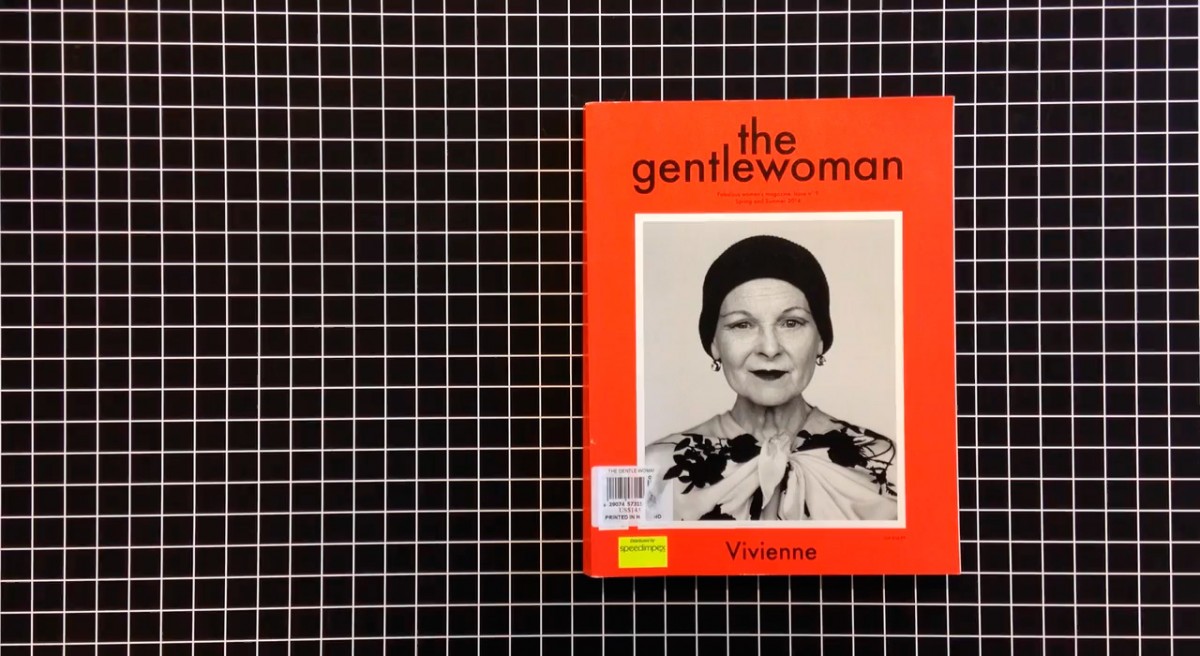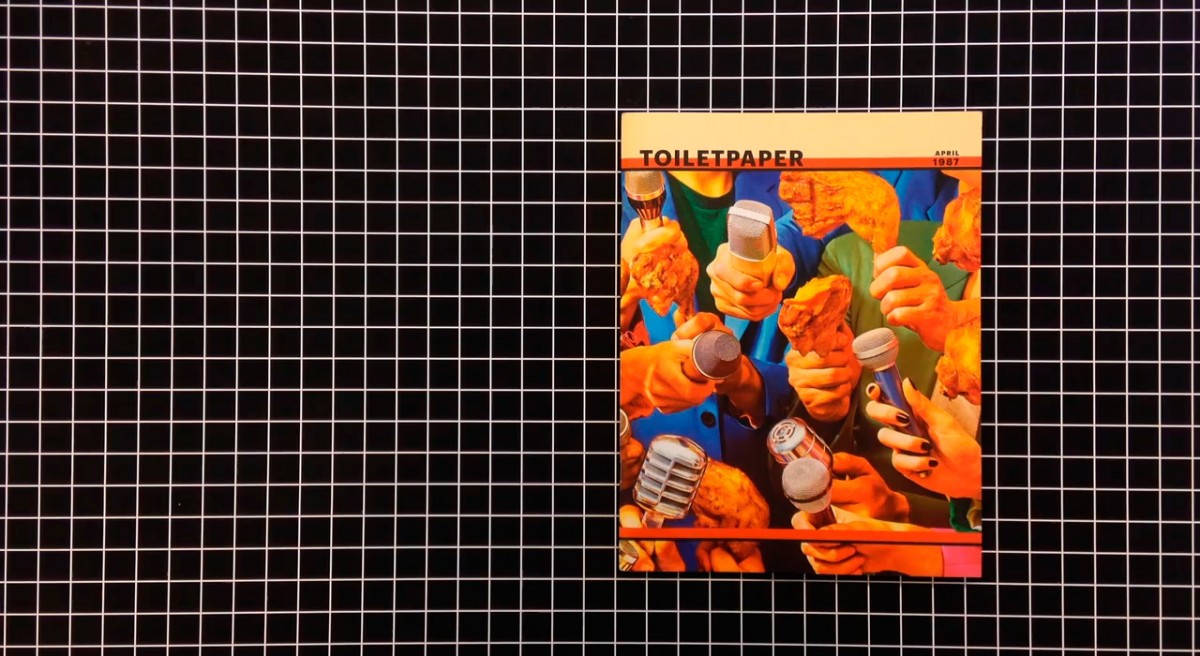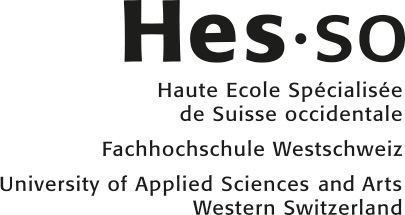The Digital Dilemma: Meaning, Environment, Counterculture, and Aesthetic
Juliette Cezzar
Sitting on my desktop on a still-skeumorphic “stickies” note commanding me to “make website for A to B.” It refers to a series of roundtable discussions I organized with a friend a few years back, where we recorded and transcribed the sessions. In the intervening years, any ideas I had about how to post that content to the web would seem passé the moment they would arise, rendering the content an unwieldy Goldilocks looking for the perfect home. In retrospect, maybe it would have been just fine to toss it into a random platform’s template and walk away, or post a PDF that implies a print publication that may or may not exist. Both feel unsatisfying, doing nothing to alleviate the anxiety that comes with putting “real” content on the web. Is it okay to leave it there, naked, jacketless, vulnerable? And what, once there, should it look like? Hold tightly to an identity beyond an icon and a typeface, and you risk being undiscoverable, hidden, and disconnected; prioritize distribution and speed, and you risk being impossible to recognize or distinguish, a state that is especially perilous for a young publication seeking to establish any kind of identity. It feels safer, in the end, to keep it tucked away in a text file until the uncertainty clears.
Meaning and Environment
The screen is just another medium, but the web is not. For a reader, the web would be better described as a reading environment that is unconstrained to hardware, littered with as many signs as monuments, and mostly devoid of visual or temporal markers to indicate beginnings, endings, similarities, differences, or boundaries. Texts may appear as documents or woven into its fabric, locked behind a paywall or free to read. Texts may be multiplied or atomized. Texts point to other texts. Browser tabs and bookmarks begin to multiply, all to be read later, after all the stuff that matters right now has been dealt with. For the designer/publisher, this environment already presents a problem. From the beginning there is already no single object to consider or mark. To introduce another work requires some care if it is to develop an aura and find an audience. In his book The Content Machine, Michael Bhaskar asks the question of what digital publishing is. To illustrate, he asks the question: if you print ten thousand books, and no one sees them, is that publishing? For him, and for me, the answer is no: the act of publishing necessarily includes an amplification of the content, or it isn’t publishing. Marketing, like content, has also taken on the dimensions of an environment, making it harder and harder to draw a distinction between marketing and what is being marketed. Still, if an idea is to live and propagate on the web, it needs its ambassadors, and its aura. The same promotional storytelling that made for great publishing in previous centuries is even more necessary, even for more atomic renderings of thought. The text occupies a space but it is surrounded by a tangle of signposts and labels that radiate inward, leading the reader to it.
Shouldn’t design, then, save the day? After all, when confronted by the task of creating an assemblage of things that hold together in a smooth and foggy space of content, creating visual distinctions to connect and separate would seem to be the first order of business. As designers, however, we run into bigger problems. First, even in the “real” world, we do not have the luxury of operating in any kind of absolute space. The meaning of any formal gesture is determined at every moment in relationship to everything else in its vicinity. At the current rate that everyone is looking at and sharing things, signs, symbols, or memes can change meaning quickly, so visual references are read differently at any given time. Second, when the ubiquity of templates thins the connective tissue between style and content, a well-researched, well-reasoned thought looks no different from an unsupported rant, unless the rant takes the extra step of typing itself out in all caps. Third, to distribute ideas without leveraging corporate platforms and distribution networks risks speaking only to an audience already familiar and already in agreement with those ideas, but once you are in those platforms, there is no visual vernacular, unless it is coded in the grammar of the writing itself. Editorial design fails at its two most basic functions: signaling that it is part of a particular field of conversation, and then differentiating that content from that field.
Meaning and History
Beyond this structural confusion, for reasons both technical and cultural, there is an alternate history of design on the web, which (mostly unconsciously) follows the mid-century ideology of good design. This ideology rose when standards-compliant and accessible practices were successfully championed in the late 1990s, then became dominant once web design made way for user experience design and then product design, making it possible to connect the design of screen interfaces to the design of everyday objects like furniture. With both web interfaces and everyday objects, it’s difficult to oppose the idea that all people should have access to, and benefit from, user-centered design. (Also in both cases, the primary purpose is sales: in the mid-century, selling taste and objects at the Merchandise Mart of Chicago; in the present moment, selling “disruptive” services, experiences, and ideas.) The mid-century designer felt that the average person should have access to a simple, inexpensive, and considered chair. Today, the interface designer applies the same principles to online pages, documents, and forms, with the same reaffirmation of faith in the corporate system that creates it. If the net effect is better design for all, what is left to be said except to marvel at the quality and efficiency of these systems?
The consequences of everyone sitting in the same chair are limited, but even if it wasn’t, those ideas have been questioned at some depth in industrial design and architecture. Leveling the visual design of thoughts on-screen, despite all of the good reasons to do so, is potentially catastrophic, and mostly undiscussed, except for the occasional complaint that it makes the web boring. That leveling masks the identity of those speaking behind that screen, placing the burden wholly on the reader to frame the content, and his or her relationship to that content.





Counterculture and Aesthetic
You are probably thinking at this point that a quick retreat back into print is the independent publisher’s only choice. After all, book fairs are multiplying and drawing crowds, with the New York Art Book Fair more than doubling its attendance in four years. On the surface, it looks like a righteous backlash: after all, people who are tired of the homogeneity and centralization of the web should naturally gravitate towards an ecstasy of free expression, right? But a walk around the fair will confirm that almost all of these independent publications look like the avant-garde of the 1990s, 1960s, or even the 1910s, a suspicion that is easily confirmed by looking at the vintage publications also on view. If you had something to say to the world by alternative means in 1992, the easiest way to do it at scale would be to make pamphlet using a typewriter or a mac and a laser printer and duplicate it with a photocopier or stencil printer. In the late 1960s and early 1970s, you had to have access to either a screen printer or an underground newspaper, the design of which was marked by heavy, metal type and limited colors employed on cheap presses and even cheaper, uncoated paper, occasionally marked by gradients derived from split-fountain printing, a cheap way to make the best of two colors. A good portion of the genre’s aesthetics comes from these tools, and can feel refreshing after forty years of digital composition and printing. The historical references they carry also add an aura of authenticity to independent publishing, a sense of having a shorter path between the writer and the reader. But to be lost in this reverie is to ignore that the object in your hand, with the exception of its printing, was entirely created over the internet, promoted there, and almost entirely distributed there, even if everything about it betrays those origins.









